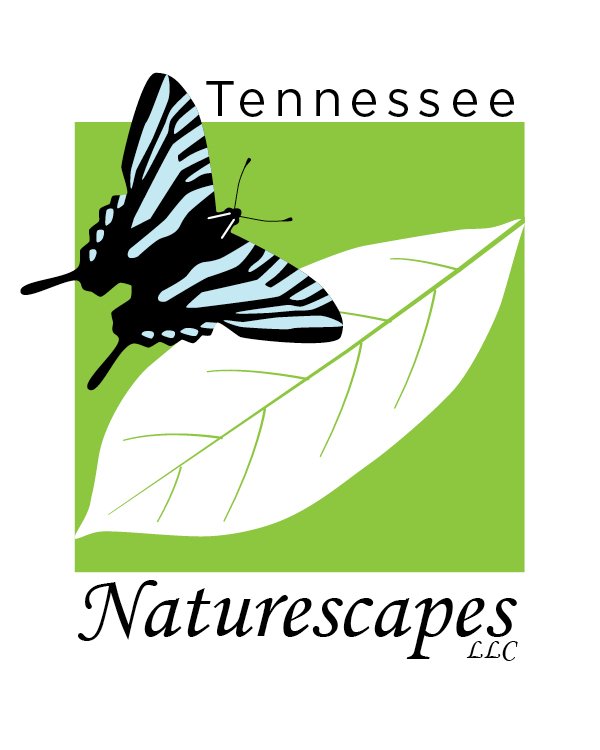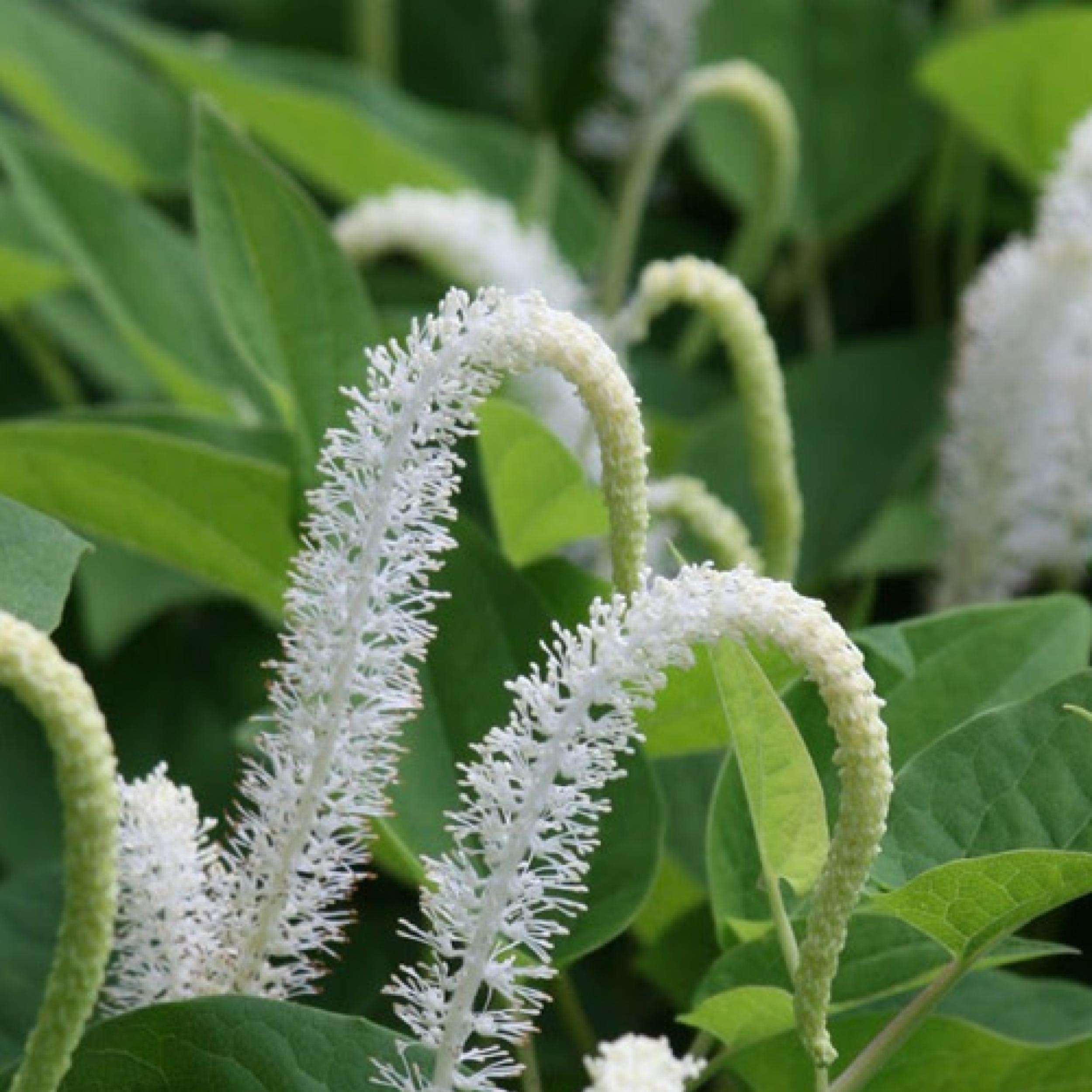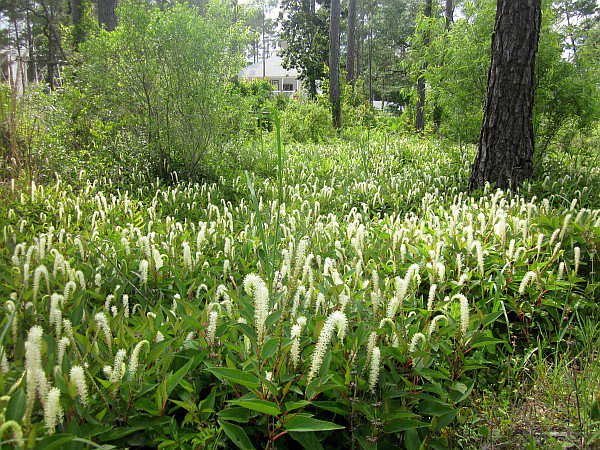 Image 1 of 2
Image 1 of 2

 Image 2 of 2
Image 2 of 2



Lobelia siphilitica - (Blue Lobelia)
GARDEN SITE: ☀️-⛅. Medium to Wet, Well-drained Soil that should never dry out.
SIZE: ⬆2-3 ft. ↔1- 1 ½ ft. ↔
FLOWERS: Blue, From July to September
WILDLIFE: For Bees, Hummingbirds and Butterflies
ZONE: 4-9
DISTRIBUTION: AL , AR , CO , CT , DC , DE , GA , IA , IL , IN , KS , KY , LA , MA , MD , ME , MI , MN , MO , MS , NC , ND , NE , NH , NJ , NY , OH , OK , PA , SC , SD , TN , TX , VA , VT , WI , WV , WY
Best in moist areas of perennial borders, wild gardens, native plant garden, near ponds and streams. Not drought tolerant . Provides great bee buzzing!
Blue Lobelia, also known as great blue lobelia, prefers moist to wet soil. It is typically found in swamps, stream banks, and roadside ditches. Hummingbirds love its deep blue flowers. American Indians used root tea to treat syphilis and a leaf tea for colds, fevers, stomach ailments, nosebleeds, and croup. Blue lobelia can be potentially poisonous.
Toxic only if eaten in large quantities.
GARDEN SITE: ☀️-⛅. Medium to Wet, Well-drained Soil that should never dry out.
SIZE: ⬆2-3 ft. ↔1- 1 ½ ft. ↔
FLOWERS: Blue, From July to September
WILDLIFE: For Bees, Hummingbirds and Butterflies
ZONE: 4-9
DISTRIBUTION: AL , AR , CO , CT , DC , DE , GA , IA , IL , IN , KS , KY , LA , MA , MD , ME , MI , MN , MO , MS , NC , ND , NE , NH , NJ , NY , OH , OK , PA , SC , SD , TN , TX , VA , VT , WI , WV , WY
Best in moist areas of perennial borders, wild gardens, native plant garden, near ponds and streams. Not drought tolerant . Provides great bee buzzing!
Blue Lobelia, also known as great blue lobelia, prefers moist to wet soil. It is typically found in swamps, stream banks, and roadside ditches. Hummingbirds love its deep blue flowers. American Indians used root tea to treat syphilis and a leaf tea for colds, fevers, stomach ailments, nosebleeds, and croup. Blue lobelia can be potentially poisonous.
Toxic only if eaten in large quantities.
GARDEN SITE: ☀️-⛅. Medium to Wet, Well-drained Soil that should never dry out.
SIZE: ⬆2-3 ft. ↔1- 1 ½ ft. ↔
FLOWERS: Blue, From July to September
WILDLIFE: For Bees, Hummingbirds and Butterflies
ZONE: 4-9
DISTRIBUTION: AL , AR , CO , CT , DC , DE , GA , IA , IL , IN , KS , KY , LA , MA , MD , ME , MI , MN , MO , MS , NC , ND , NE , NH , NJ , NY , OH , OK , PA , SC , SD , TN , TX , VA , VT , WI , WV , WY
Best in moist areas of perennial borders, wild gardens, native plant garden, near ponds and streams. Not drought tolerant . Provides great bee buzzing!
Blue Lobelia, also known as great blue lobelia, prefers moist to wet soil. It is typically found in swamps, stream banks, and roadside ditches. Hummingbirds love its deep blue flowers. American Indians used root tea to treat syphilis and a leaf tea for colds, fevers, stomach ailments, nosebleeds, and croup. Blue lobelia can be potentially poisonous.
Toxic only if eaten in large quantities.










